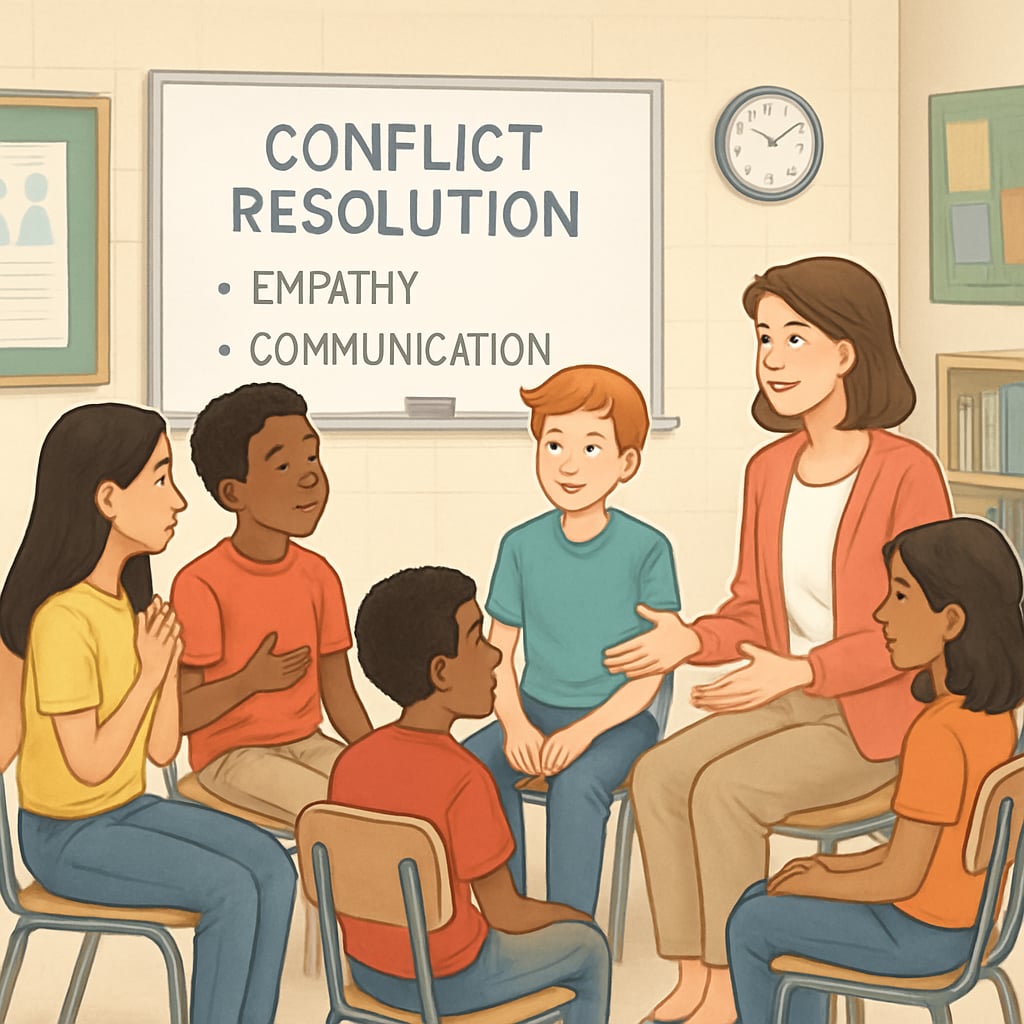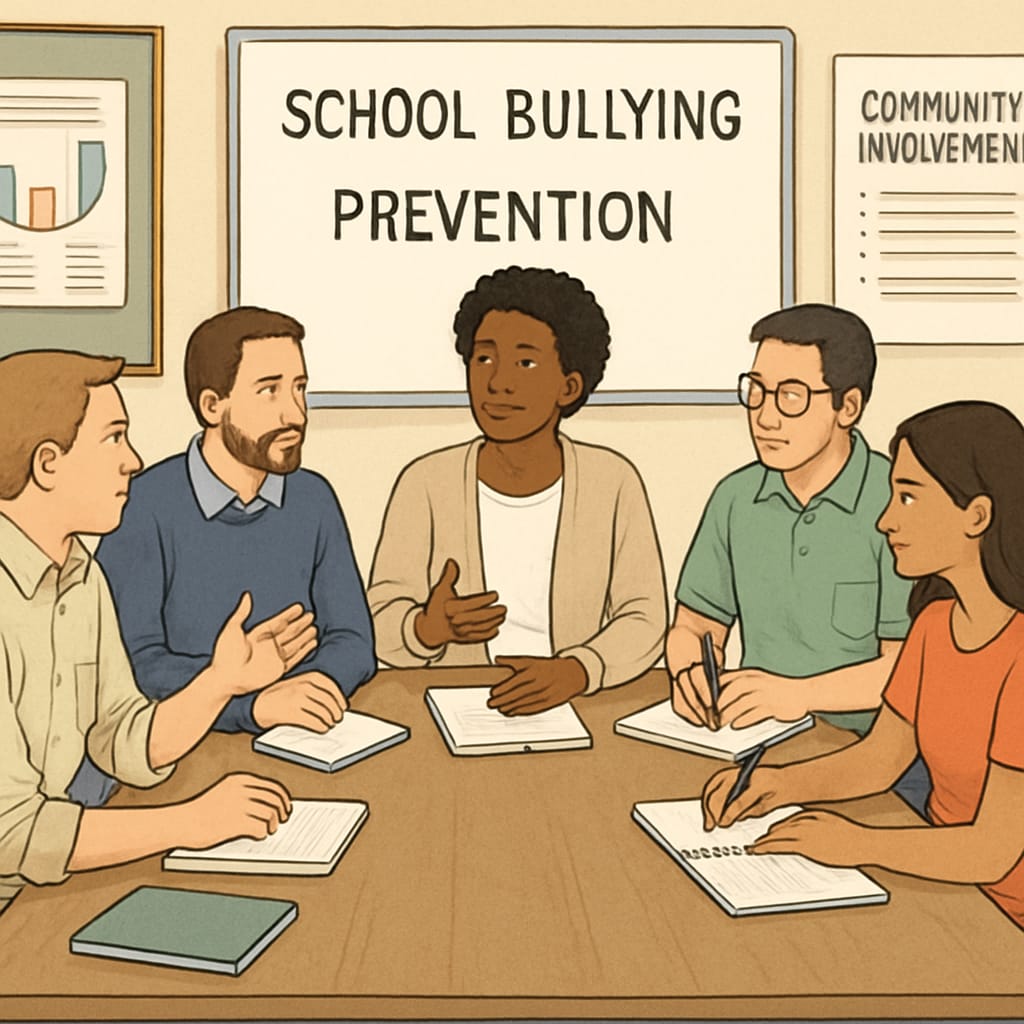School bullying, prevention strategies, and consequence mechanisms are among the most pressing topics in modern K12 education. Bullying in schools impacts not only victims but also perpetrators, bystanders, and the broader educational environment. Addressing this issue effectively requires a clear understanding of how bullying differs from normal childhood conflicts and the implementation of a structured approach that prioritizes education and transformation.
Defining the Boundaries: Bullying vs. Normal Conflicts
One of the challenges in combating school bullying lies in distinguishing between bullying behavior and typical developmental conflicts among students. Bullying can be defined as repeated, intentional harm—whether physical, verbal, or psychological—inflicted by one or more individuals upon another. This behavior creates an imbalance of power, where the victim feels unable to defend themselves.
Normal conflicts, on the other hand, often arise from misunderstandings or differences in opinion and do not involve the same level of intent or power dynamics. Educators and parents can use conflict resolution strategies to address these situations, but bullying requires a more targeted intervention.

Building Multi-Tiered Interventions
Effective school bullying interventions should operate on multiple levels to address the problem comprehensively. These levels include:
- Prevention: Incorporating anti-bullying education into the curriculum can teach students about empathy, respect, and the impact of their actions.
- Detection: Training teachers and staff to recognize signs of bullying behavior, such as changes in a student’s demeanor or social behavior, can help identify cases early.
- Action: Schools should have clear policies for responding to bullying incidents, including support for victims, consequences for perpetrators, and counseling for all parties involved.
In addition, schools can involve parents and community stakeholders to create a united front against bullying. For example, parent workshops can educate families about the signs of bullying and how to address it at home.

Educational Consequence Mechanisms
While punitive approaches may seem like the quickest way to handle bullies, research suggests that educational consequences are more effective in promoting long-term behavioral change. This approach focuses on helping perpetrators understand the impact of their actions and giving them tools to improve their behavior. Examples of educational consequence mechanisms include:
- Restorative Justice: Facilitating discussions between the bully and the victim to foster understanding and encourage accountability.
- Counseling: Providing therapy sessions for bullies to uncover underlying issues that may contribute to their behavior.
- Community Service: Assigning tasks that teach empathy and responsibility, such as volunteering at local charities.
These interventions aim to protect victims while also addressing the root causes of bullying behavior, ensuring that bullies have the opportunity to change and reintegrate into the school community.
Conclusion: Prioritizing Prevention and Education
In conclusion, tackling school bullying requires a balanced approach that includes prevention, detection, and intervention. Schools must establish clear boundaries between bullying and normal conflicts, implement multi-tiered strategies, and adopt educational consequence mechanisms to foster a safer and more inclusive environment. By prioritizing education and collaboration, both victims and perpetrators can receive the support they need to grow and thrive.
Readability guidance: This article uses concise paragraphs, actionable lists, and evenly distributed transition words to ensure clarity. Educational terms are defined clearly to enhance understanding, and the tone remains professional and accessible throughout.


